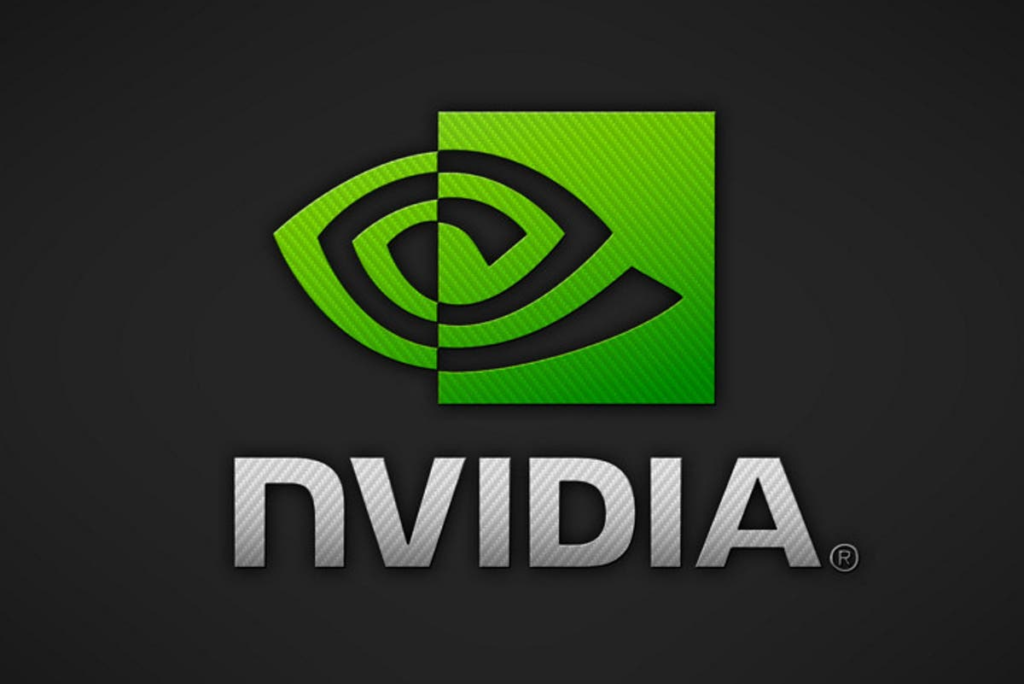
NVIDIA has established itself as a pioneer in the tech world, particularly in graphics processing units (GPUs) and artificial intelligence (AI). From humble beginnings as a startup to becoming one of the most influential tech companies globally, NVIDIA’s journey is a testament to its visionary leadership and groundbreaking technology.
The Founding and Early Days of NVIDIA

NVIDIA was founded in 1993 by Jensen Huang, Chris Malachowsky, and Curtis Priem with a focus on designing innovative graphic solutions. Their mission was to create high-performance computing platforms that would revolutionize the gaming industry, and that’s precisely what they did. NVIDIA’s first big breakthrough came in 1999 with the release of the GeForce 256, which is widely regarded as the first GPU. This invention set a new standard for graphics performance and laid the foundation for future developments in gaming, AI, and deep learning.
Key Milestones in NVIDIA’s History
- 1999: Launch of GeForce 256, the world’s first GPU.
- 2006: Introduction of CUDA, a parallel computing platform and API.
- 2016: Release of the Pascal architecture, which significantly boosted performance in gaming and AI applications.
- 2020: Launch of the Ampere architecture, redefining performance for AI and data centers.
Revolutionizing Gaming with GeForce
The GeForce line of GPUs has been at the forefront of gaming technology for over two decades. Starting with the GeForce 256, NVIDIA’s GeForce series has consistently pushed the boundaries of what’s possible in gaming. With each new generation, NVIDIA has introduced more powerful hardware, enabling higher frame rates, enhanced realism, and smoother gameplay experiences.
The Evolution of GeForce GPUs
- GeForce 256: The first GPU, introduced in 1999, capable of offloading all graphical calculations from the CPU.
- GeForce GTX Series: Introduced in 2008, the GTX series brought significant improvements in power efficiency and performance, making it a favorite for gamers worldwide.
- GeForce RTX Series: Launched in 2018, the RTX series was a game-changer with real-time ray tracing and AI-enhanced graphics.
The introduction of RTX technology allowed developers to create more immersive gaming experiences, with realistic lighting, reflections, and shadows. NVIDIA also introduced DLSS (Deep Learning Super Sampling), which leverages AI to improve game performance without compromising on quality.
NVIDIA’s Role in Artificial Intelligence
While NVIDIA is synonymous with gaming, the company’s influence extends far beyond that realm. NVIDIA has played a critical role in the development of AI and deep learning, particularly with its CUDA platform and GPU architecture, which have become essential tools for AI researchers.
How NVIDIA Powers AI Innovation
NVIDIA GPUs are designed to handle the massive amounts of data required for training AI models. Their parallel processing capabilities allow for faster computations, making them ideal for tasks such as image recognition, natural language processing, and autonomous vehicles.
NVIDIA’s leadership in AI is largely attributed to the CUDA platform, which allows developers to harness the power of GPUs for complex computational tasks. CUDA’s flexibility and performance have made it the go-to platform for AI and deep learning.
- NVIDIA DGX Systems: These are specialized AI supercomputers built for deep learning and AI research, offering unmatched computational power.
- Tensor Cores: NVIDIA introduced Tensor Cores in its Volta architecture, enabling higher performance for AI tasks by speeding up matrix operations.
Data Centers and Cloud Computing
NVIDIA’s innovations aren’t limited to gaming and AI—they’ve also become a dominant player in the data center space. With the explosion of cloud computing and the growing demand for data processing, NVIDIA has positioned itself as a leader in data center solutions.
NVIDIA’s Data Center Growth
NVIDIA’s acquisition of Mellanox Technologies in 2020 strengthened its position in the data center market. Mellanox, a leading supplier of high-performance networking solutions, provided NVIDIA with the infrastructure needed to expand its data center capabilities. This acquisition was crucial in NVIDIA’s strategy to power the next generation of data centers with high-performance computing (HPC).
In addition, NVIDIA’s Ampere architecture, designed for data centers and AI workloads, has been a significant success. The Ampere-based A100 GPU delivers unprecedented performance for AI, HPC, and data analytics, making it the go-to solution for enterprises looking to scale their AI infrastructure.
NVIDIA and Autonomous Vehicles
Another sector where NVIDIA has made a considerable impact is autonomous vehicles. The company’s Drive platform, designed for self-driving cars, has become a critical part of the autonomous vehicle ecosystem. By leveraging its expertise in AI and GPUs, NVIDIA has created a powerful platform capable of processing the massive amounts of data required for autonomous driving in real-time.
Key Features of NVIDIA Drive
- Drive AGX: A scalable platform that powers everything from driver assistance systems to fully autonomous vehicles.
- Orin SoC: A high-performance system-on-chip that delivers the computing power necessary for safe and reliable autonomous driving.
- Simulation Technology: NVIDIA’s Drive Sim enables testing and validation of self-driving cars in virtual environments, accelerating the development of autonomous technologies.
The Future of NVIDIA: A Focus on AI and the Metaverse
As NVIDIA continues to grow, its focus is shifting toward the future of AI and the metaverse. The metaverse—a collective virtual space where users interact with digital environments—relies heavily on NVIDIA’s technologies. From GPUs to AI-driven systems, NVIDIA is positioned to be a key player in shaping the next era of computing.
NVIDIA Omniverse: Building the Digital Future
One of the most ambitious projects from NVIDIA is Omniverse, a real-time simulation and collaboration platform for 3D production pipelines. Omniverse allows artists, designers, and engineers to collaborate on complex 3D projects, making it an essential tool for industries like gaming, film, architecture, and product design.
With Omniverse, NVIDIA is helping create the infrastructure for the metaverse, enabling real-time collaboration and simulation on a massive scale.
Conclusion: NVIDIA’s Unstoppable Momentum
NVIDIA’s influence stretches across multiple industries, from gaming and AI to data centers and autonomous vehicles. With its pioneering technologies and strategic acquisitions, NVIDIA is well-positioned to lead the next wave of innovation in AI, computing, and beyond.
As the world becomes increasingly digital, NVIDIA’s role in powering this transformation is undeniable. From the creation of GPUs that changed the face of gaming to its leadership in AI and the metaverse, NVIDIA’s impact on technology will continue to be felt for decades to come.
